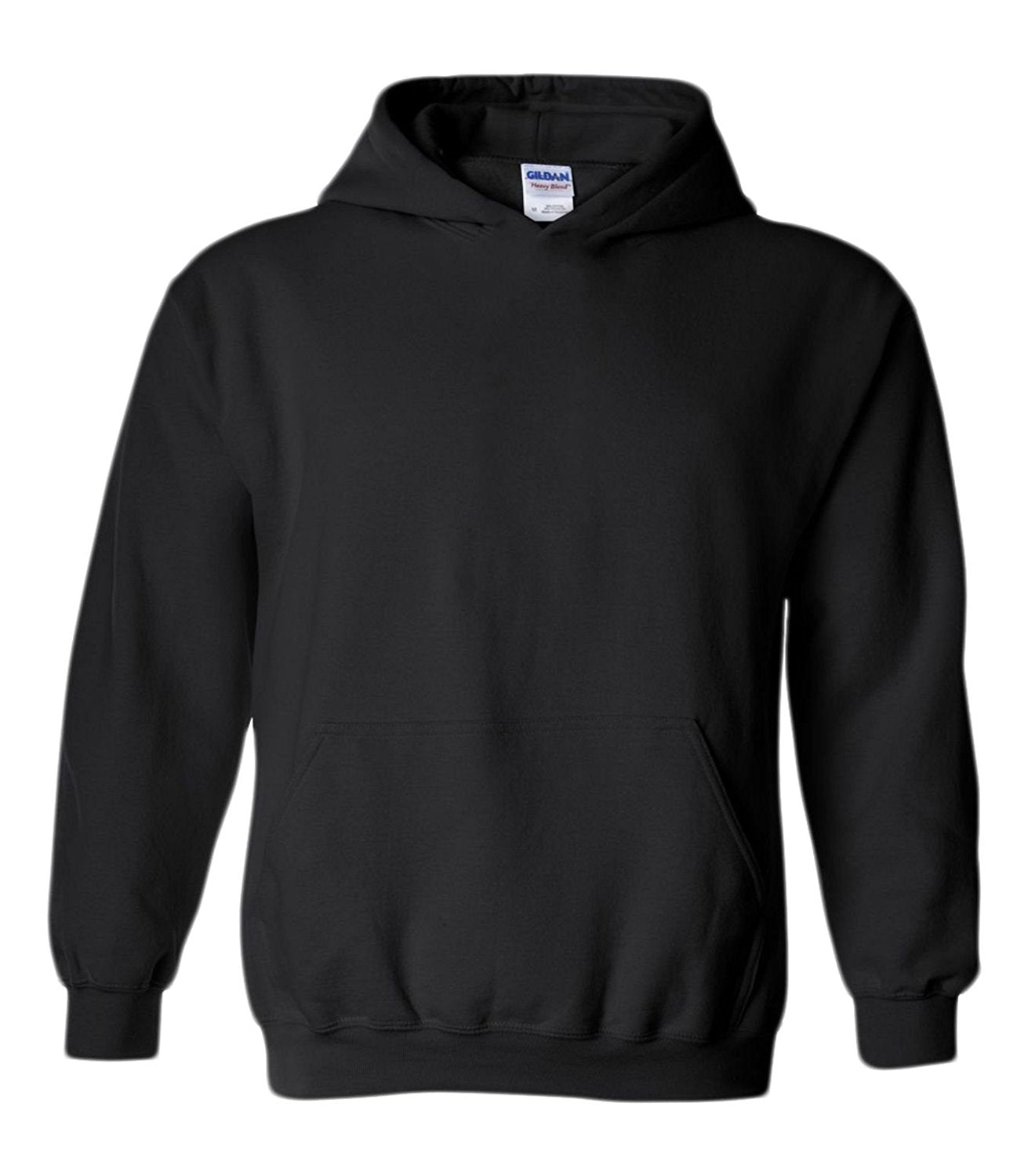Sweatshirts are long-sleeved pullover tops that are made of thick cotton cloth. They are typically worn as casual clothing but aren't so formal as sweaters and cardigans. They do not usually have a Hood. If you're thinking of buying a sweatshirt here are some tips:
Norma Kamali sparked the appeal of sweatshirts
Since the late '70s, Norma Kamali has transformed the basic sweatshirt into a work of art. Her designs are now an essential part of all women's wardrobes. Her distinct designs include tummy-tucking t-shirts to a crew neckline to thick leather sweatshirts. She has also created clothing in unique designs, like an oversized tank top that has long trumpet skirt.
The collaboration of the designers and sweatshirt maker Everlast resulted in her Timeless collection, which was a huge hit when it appeared in the spring catalog of Spiegel. The collection offered interchangeable and convertible knits with classic designs and many of the pieces were priced at less than $20. Even the The Norma Kamali Timeless collection wasn't sold in stores, buyers could still find these items through eBay as well as Poshmark.
Merino wool sweatshirt s are more comfortable than soft sweatshirts.
Merino wool is known for its ability to remove moisture, which helps to keep you comfortable and dry. This is a naturally-occurring fiber that also has a smoother feel. It is also quick to dry when compared with other natural substances. Furthermore, https://note1s.com/notes/YX6CQZ is a renewable resource. The merino sheep shed coats every year and regrow new coats.
Merino's weight-to-heat ratio is high, and the warmth of wool makes it an ideal material for sweatshirts. It helps to regulate the body's temperature because of its natural loft, which retains heat between the fibers. This is the reason Merino wool sweatshirts are perfect for summer and outdoor activities like hiking, mountain biking, and running. The warmth they provide keeps the wearer well-hydrated and cool, something that is essential when working out.
Zip-front hoodies feature kangaroo pockets.
Kangaroo pocket Hoodies are a very popular type of hoodies. They have a huge pocket at the front that keeps your hands warm on chilly days. They are also more practical than traditional pockets because they permit your hands to slide in and out easily.

Kangaroo pockets are usually large enough to accommodate the wallet, or other small items for personal use. They're typically large enough to accommodate one hand in a smaller size and are large enough to accommodate two hands. They feature wide openings on both sides and make them ideal for carrying small objects.
French terry fabric is a very popular material for sweatshirt s.
The French Terry fabric is constructed of soft yarns that are made into loops, and is usually mid-weight. It is also known as a fabric that wicks moisture and is already pre-shrunk. French Terry is an excellent option for sweatshirts as it keeps you warm when you're in need and helps keep you cool when you need to cool down.
French Terry is also a popular choice for casual wear, as it is stretchy enough and has enough flexibility to feel good on your skin. It also allows for enough air to circulate throughout the fabric, making it ideal for layering underneath other clothing. Furthermore, because it is lighter than other sweatshirts that you can wear throughout the year without feeling either cold or hot.
Hoodies are classy and have a connotation of class.
Although it could appear that hoodies are an appropriate clothing item for working class people but the truth is that they are a symbol of class. Hoodies first became seen in the 1970s in New York, where graffiti artists wore them to hide their identities. In 1976 the hoodies were made famous in their film debut in "Rocky," when the protagonist of the film was a working class man in grey sweats that were hooded during his memorable climb up the Philadelphia Museum of Art.
Hoodies are often associated with destruction, death and other negative items, yet they serve a practical purpose. For instance, monks and priests might wear hoods in order to display respect and a sense of self-control.
